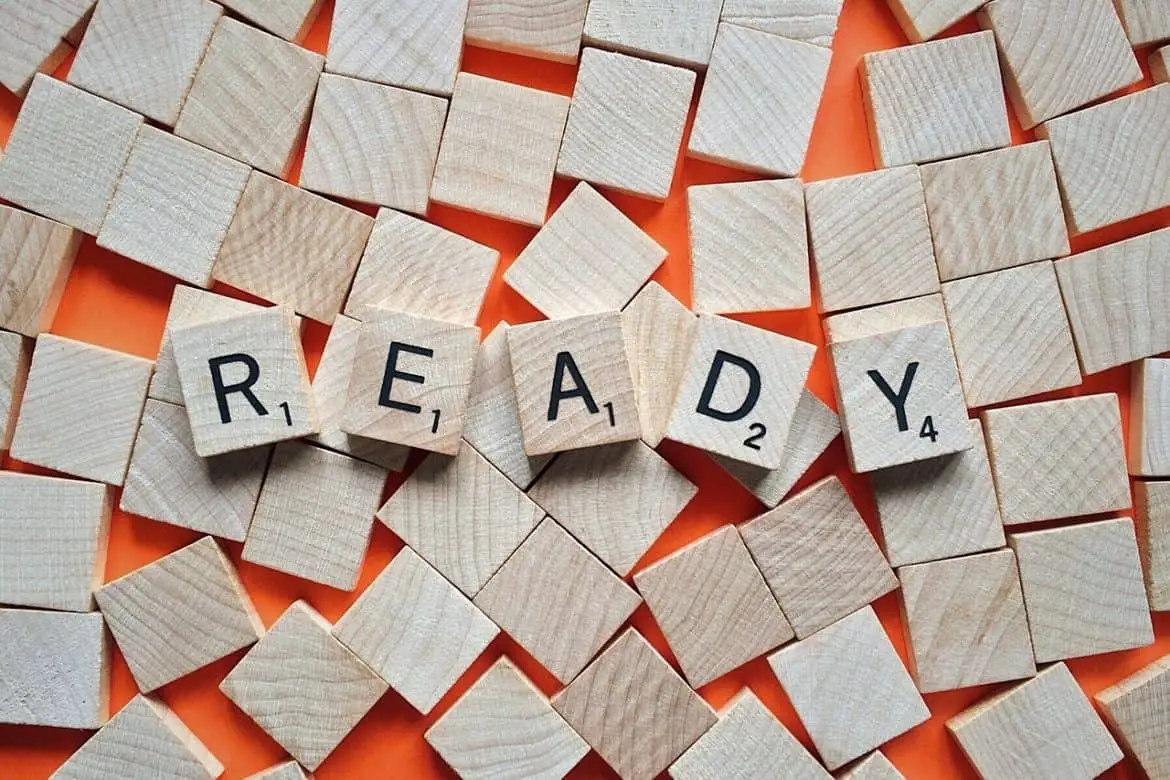When it comes to survival, the key is having the right mix of gear and skill available to solve a wide array of potential problems that might come up. As most of us already know, a bug out bag (BOB) is a particular set of gear that is intended to keep you alive for up […]
Category: Information
Renaissance Republican
I am a Renaissance Republican, another one of the silent majority of Americans who are too busy working on taking care of myself and fulfilling my own responsibilities to do much beyond vote and watch in disgust at modern politics. But it has gotten to the point where I am tired of watching the contract […]
Preparedness Priorities
Personal preparedness means different things depending on who you are and what your situation is. To an inhabitant of the Florida Keys, preparedness means having items to outlast a hurricane. To a city dweller, preparedness might be having a can of mace in her purse. To a survivalist, preparedness might mean having a semi trailer […]
Carjacking Tips
Carjacking of parked vehicles depends on the car owner being inattentive to their surroundings. Carjackers, like street robbers, prefer the element of surprise. Most victims say they never saw the carjacker until they appeared at their car door. To reduce your risk of being carjacked, we have listed some common sense Carjacking Tips below: Always park […]
Which Safe is Safest? How to Pick the Best Safe for Your Valuables
In the market for a safe? Don’t make the mistake of buying one that’s not entirely secure. Find out what to look for so you know how to pick the best safe here. Homeowners have been using safes for centuries to store everything from cash to expensive belongings. But how “safe” are these home safes […]





